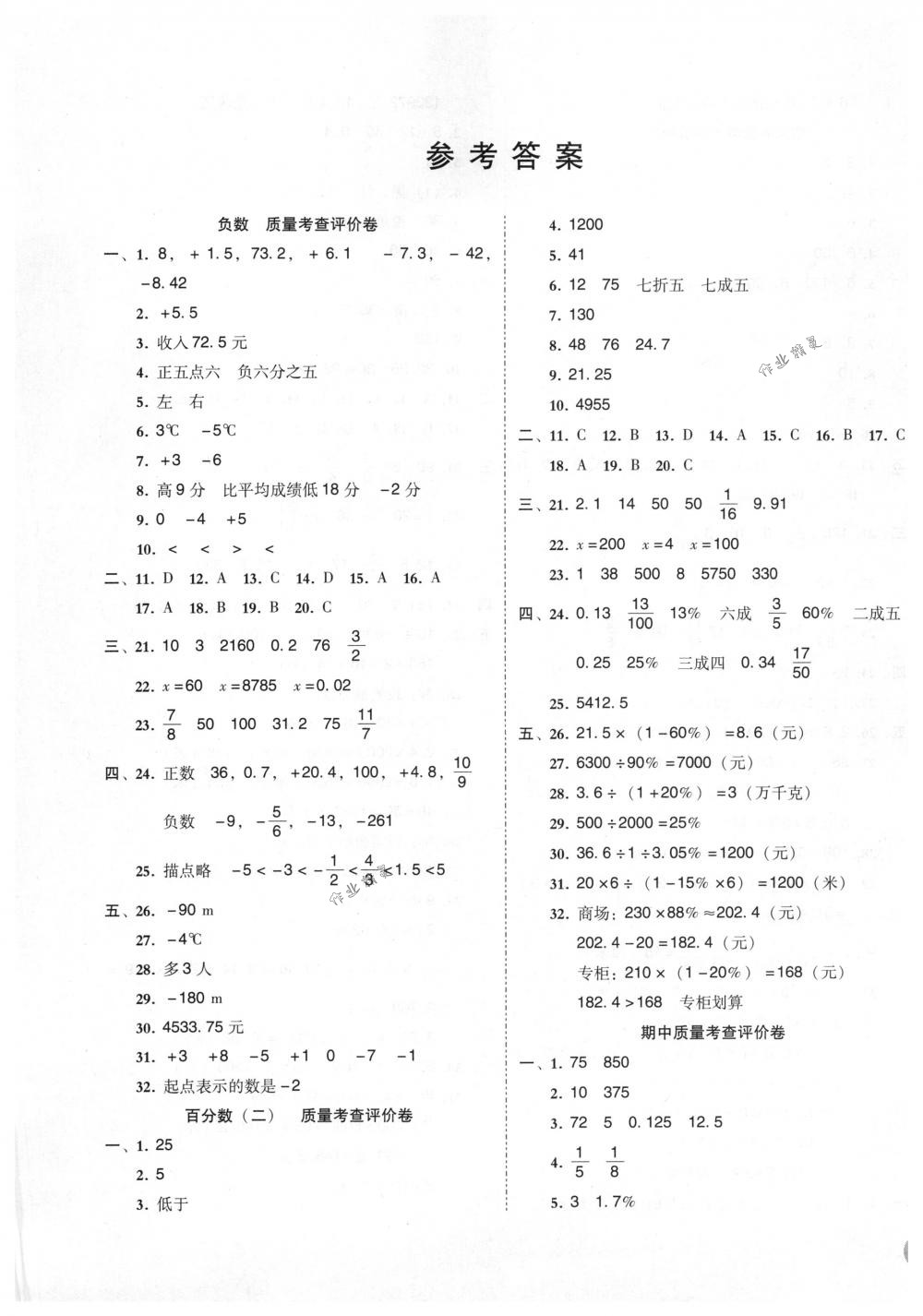数学表格教案模板(小学数学:教学计划设计,是水平计划的细化与分解)(2)
2、量测教学结合生活实际,强调学生的感受和体验。
各种数量和计量的概念,如公里、吨、秒等,都是从人们生活和生产的需要中衍生出来的。这些长度、质量、时间等概念相对抽象,但反映的内容却非常现实,与人们的生活生产密切相关。因此,这部分知识的教学应使学生在学习过程中体验、感受和理解这些概念的含义,初步培养长度、质量和时间的概念,理解数学与生活的密切关系,提高应用这些知识解决问题的能力。能力。因此,实验教材在相关数量和测量内容的安排上,注重设计丰富、真实、探索性的活动,让学生在真实的情境中感受和体验相关知识,体验探索和探索的过程。发现。
3、空间与图形教学强调实际操作和自主探索,加强估算意识和能力的培养。
在本卷实验教材中,空间和图形的教学内容包括四边形和测量的大部分内容。这些内容对于学生理解、掌握和描述现实空间,获得解决实际问题的知识,培养学生的空间观念都起着重要的作用。在这些内容的安排上,教材一方面注重让学生通过实际操作获得丰富的感性体验,另一方面让学生通过自主探索获得经验
了解知识。几何图形的直观探索活动不仅为学生创新意识的发展提供了更加有利的条件,也为学生空间概念的发展奠定了良好的基础。
这部分内容安排与以往不同的另一个特点是加强了意识和估计能力的训练。估计是测量的重要组成部分,在现实生活中应用广泛。人们通常有更多的机会来估计一个数量而不是准确的测量。根据《标准》关于空间和图形的教学目标,要求学生在第一学期估计一些物体的长度并测量它们。因此,无论是测量章节还是四边形章节,实验教材都安排了估算长度的内容和训练。
三、教学目标
这本教科书的教学目标是让学生:
1、会计算三位数的加减法,并进行相应的估计和验证。
2、会口算一个数乘全十、整百数;知道如何将一位数字乘以二、三位数字,并会进行估算;能熟练计算除数和商为一位数除以余数。
3、对简单分数的初步认识(分母小于10),能读写分数并知道零件的名称,初步了解分数的大小,能计算简单的分母相同的分数的加减法。
4、 初步了解平行四边形,掌握长方形和正方形的特点,能在方格纸上画出长方形、正方形和平行四边形;知道周长的含义,能计算长方形和正方形的周长;能够估计一些物体的长度会被测量。
5、了解长度单位,公里,初步建立1公里长度的概念,知道1公里=1000米;了解吨的质量单位,初步确立1吨的质量概念,知道1吨=1000公斤;时间单位为秒,以分秒为单位的时间概念初步确立。知道1分钟=60秒,就可以进行一些简单的时间计算了。
6、一些事件的初步经验是确定的,一些不确定;能列出简单实验的所有可能结果,知道事件发生的可能性有大有小,能对一些简单的事件描述发生的概率。

7、能找出事物简单排列组合的个数,形成生活中发现数学的意识和综合思考问题的意识,初步形成观察、分析和推理的能力。
8、体验学习数学的乐趣,增加学习数学的兴趣,树立学习数学的信心。
9、养成勤奋好写的好习惯。
10、体验数学与日常生活的紧密联系,初步形成综合运用数学知识解决问题的能力
四、主要教学措施
1、重视教学场景的创造,关注学生的生活体验,提供丰富的感性材料,加强学生的操作活动,帮助学生结合现实生活建立相关的数学概念.
2、 培养学生估价意识,重视培养学生估价能力。
3、让学生通过解决实际问题来学习计算,提高教学效果,
4、 使用迁移的方法来教授和培养学生相互推论的能力。
5、引导学生独立思考、合作交流,让学生体验探究的乐趣。适当、适时地采用小组合作学习方式,重视培养学生的应用意识和解决实际问题的能力。
6、强调直观教学数学表格教案模板,充分发挥教具和学习工具的作用。
7、注重学生对计算过程和方法的理解,把握重点,突破难点,让学生打下扎实的知识基础。
8、让学生充分体验猜测、实验、验证的过程,积极构建数学知识。
小学数学教学计划模板5
一、教内容
本书的教学内容:
(一)Numbers and Operations:百分比的应用,比率的理解
(二)空间和图形:圆形和图形的变换,观察物体
(三)Statistics and Probability: 统计
(四)综合应用:数学与体育、生活中的数学
二、教学目标(按单元顺序)
第一个单元“圆”:
1. In the study of this unit, students will learn about the circle and the symmetry of the circle through observation, operation and other activities in combination with the reality of life, recognize the relationship between the radius, diameter, radius and diameter in the same circle, and experience The essential characteristics of a circle and the role of its center and radius are used to draw a circle with compasses.
2. combined with specific situations, through hands-on experiments, spelling operations and other practical activities, explore and master the calculation method of the circumference and area of a circle, and experience the idea of "turning a curve into a straight".
3. Combine the process of appreciating and drawing patterns, experience the application of circles in pattern design, can use compasses to design simple patterns, feel the beauty of patterns, and develop imagination and creativity.
4. develop the concept of space through activities such as observation, manipulation, imagination, and pattern design.
5.Combined with specific situations, experience that mathematics is closely related to daily life, and can use circle knowledge to explain simple phenomena in life and solve some simple practical problems. 6.Combined with the reading of Pi's development history, you can experience the continuous exploration process of humans' mathematical knowledge, feel the charm of mathematics culture, stimulate national pride, and form positive emotions for mathematics.
The second unit "Application of Percentage":

1. students will understand the meaning of "increasing by a few percent" or "decreasing by a few percent" in specific situations in this unit of study, and deepen their understanding of the meaning of percentages.
2. can use the relevant knowledge of percentages or use equations to solve some practical problems, improve the ability to solve practical problems, and feel the close connection between percentages and daily life.
The third unit "graphic transformation":
1.Students experience the process of making a complex figure by translating or rotating a simple figure through observation, manipulation, and imagination. They can express the transformation process of figure translation or rotation in an orderly manner, and develop the concept of space.
2. has experienced the process of pattern design using translation, rotation, or axisymmetric graphics, and can flexibly use translation, rotation and axisymmetric to design patterns on graph paper; combine appreciation and design beautiful patterns to experience the world of graphics The magic.
The fourth unit "Comprehensions":
1.Students experience the process of abstracting comparison from specific situations, and understand the meaning of ratio and its relationship with division and fractions.
2. In the actual situation, I realize the necessity of simplification ratio, and will use the constant nature of the quotient and the basic nature of the score to simplify the ratio.
3. can use the meaning of comparison to solve the actual problem of assigning according to a certain ratio, further understand the meaning of comparison, improve the ability to solve problems, and feel the wide application of ratio in life.
Unit 5 "Statistics":
1.Students use pitching games and precipitation in the two cities to learn about the compound bar chart and the compound line chart, and feel the characteristics of the compound bar chart and the line chart.
2. can select multiple bar graphs and multiple polyline graphs as needed to effectively represent data.
3. can read simple double-entry statistical graphs, make simple judgments and predictions based on statistical results, and communicate with peers.
Unit 6 "Observing Objects":
1.Students can correctly recognize the shape of a three-dimensional figure (a combination of 5 small cubes) observed from different directions (front, side, top), and draw a sketch.
2. can restore three-dimensional graphics (5 cube combinations) from the plane graphics observed from the front, side, and top, and further realize that the shape of the three-dimensional graphics can be determined by observing from three directions.
3. can determine the number of cubes needed to form this three-dimensional figure according to the shape of the plane figure observed in two given directions.
Related articles about the primary school mathematics teaching plan template:
★ Primary school mathematics teaching plan schedule class schedule
★ Elementary school mathematics teaching plan sample essay
★ Elementary School Mathematics Teaching Plan
★ Elementary School Mathematics Teacher Teaching Plan
★ Primary school mathematics teaching plan
★ Primary school mathematics teaching design template
★ Elementary School Mathematics Teaching Plan Individual
★ Primary school mathematics personal teaching plan
★ Mathematics Teaching Design Plan for Primary School Teachers
★ Five-year mathematics teaching plan for elementary school
教案网123
叙利亚危急让普京占尽风头